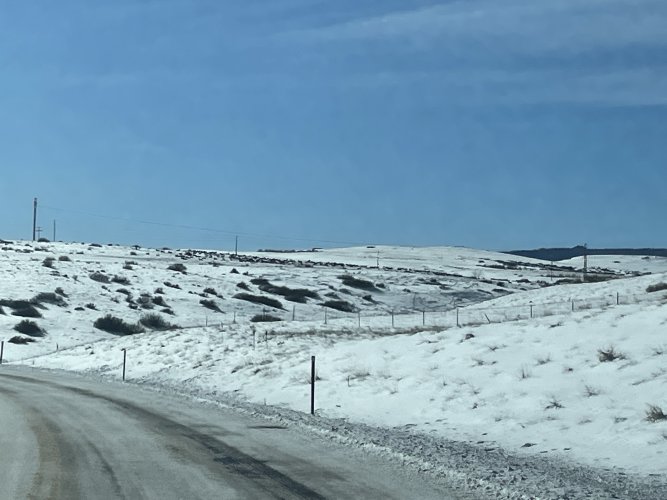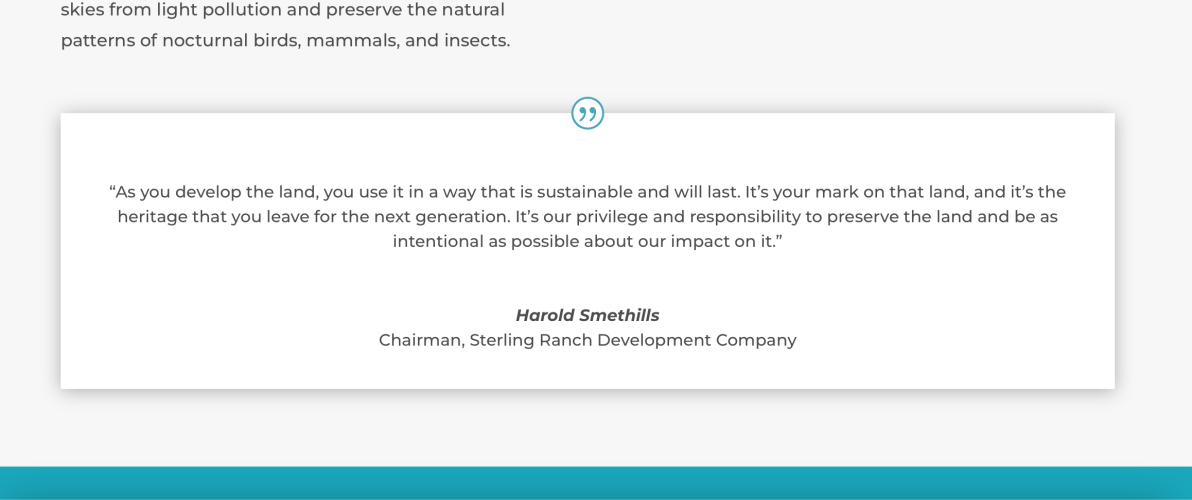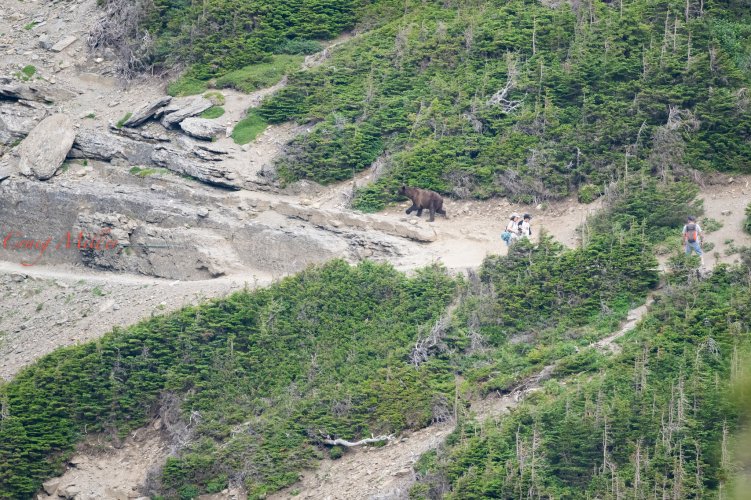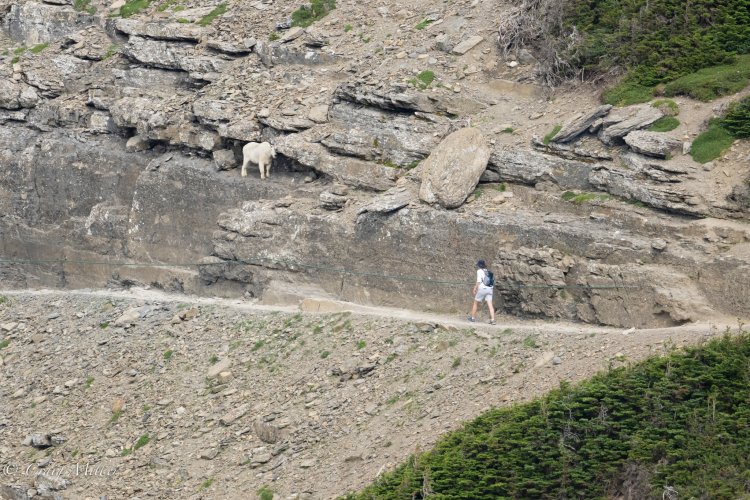LuketheDog
Well-known member
I'm currently watching this elk herd lose 1/2 of it's it's winter grazing area to another suburban wasteland of 12,000 overpriced developer specials, they're already pinched between massive amounts of recreating people, can't wait to see how the increased low-impact impact finishes them off...

Here's the link to their 'sustainability' page, they have TWO wildlife corridors, yay!
 sterlingranchcolorado.com
sterlingranchcolorado.com


Here's the link to their 'sustainability' page, they have TWO wildlife corridors, yay!
Sustainable Development, Conservation & Protection at Sterling Ranch
At Sterling Ranch, we intend to honor the land on which we are building by leaving the smallest footprint possible and living in harmony with nature.
 sterlingranchcolorado.com
sterlingranchcolorado.com






